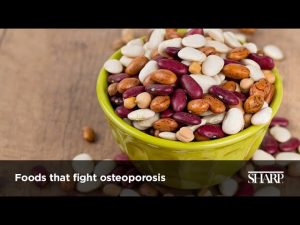Kidney disease is a chronic, progressive disease. As a result, there are specific symptoms associated with its progression. Many nephrologists (kidney specialists) use a standard classification system to describe these common symptoms and stages. Many symptoms are associated with what is known as the Glomerular Filtration Rate (GFR). According to the Foundation for IgA Nephropathy, the GFR is the rate at which the kidneys filter waste and relates to a patient’s “kidney function.” Stage 1 Signs of mild kidney disease but with normal or better GFR (greater than 90% kidney function) Stage 2 Signs of mild kidney disease with reduced GFR (indicating 60% to 89% kidney function). Symptoms of stage 1 and 2 Chronic Kidney Disease Stages 1 to 2 – Early chronic renal insufficiency 1. Physical symptoms. Usually few or no physical symptoms that you can feel (other than those you may experience if you have heavy proteinuria). 2. Blood work. Blood work results will show abnormalities – mainly a slightly elevated serum creatinine. Note that there is often a time lag between elevations of serum creatinine, and some progression of the IgAN. By the time serum creatinine is elevated, the person may already have lost 50% of kidney function. 5. Blood pressure. Some people start having high blood pressure even in early chronic renal failure. IgAN is one kidney disease that can do this. 6. Anemia. Anemia may rarely occur at this stage. In this case, it is most often caused by having heavy proteinuria rather than actual chronic renal insufficiency. Stage 3 Signs of moderate chronic renal insufficiency (where the GFR indicates 40% to 59% kidney function) Stage 4 Signs of severe chronic renal insufficiency (where the GFR indicates 15% to 29% kidney function). Symptoms of stage 3 and 4 Chronic Kidney Disease Stages 3 to 4 – Advanced chronic renal insufficiency 1. Physical symptoms. You may still feel completely normal at this stage, or you may begin to experience one or more of the following symptoms: 2. Serum creatinine. Serum creatinine will be higher (indicating less than 30% kidney function) 3. Tiredness or fatigue 4. Puffiness or swelling (obvious in the hands or feet and ankles, but the puffiness will often first be seen around the eyes). 5. Back pain. Chronic kidney disease back pain is usually felt as a dull ache anywhere in the mid-to-lower portion of the back, on one side or the other – this is sometimes referred to as flank pain or loin pain. 6. Appetite. Changes in appetite or eating pattern. Foods may start tasting “funny.” 7. Urine. Changes in urination (amount, color, frequency). Urine may in fact look exceptionally clear at this point, rather than abnormal. This is because little is actually being filtered into it by your kidneys. Previously high proteinuria and/or hematuria may actually improve. 8. Blood pressure. High blood pressure (also referred to as hypertension). 9. Digestion. Poor digestion (varying degrees of gastroparesis, which means that digestion is slowed). Stage 5 Signs of end stage renal failure (where the GFR indicates less than 15% kidney function). Symptoms of stage 5 Chronic Kidney Disease Stage 5 – End-stage renal failure (or late chronic renal insufficiency) 1. Anemia (may begin earlier than this) 2. Easy bleeding and bruising 3. Headache 4. Fatigue and drowsy feeling (more than normal or usual for you) 5. Weakness 6. Mental symptoms such as lowered mental alertness, trouble concentrating, confusion, seizures 7. Nausea, vomiting, and generally less desire to eat 8. Thirst 9. Muscle cramps, muscle twitching 10. Nocturia (night-time urination) 11. Numb sensation in the extremities 12. Diarrhea 13. Itchy skin, itchy eyes 14. Skin color changes (grayish complexion, sometimes yellowish-brownish tone) 15. Swelling and puffiness (more than you had while in advanced renal failure, and most likely in the feet and/or ankles) 16. Difficulty breathing (due to fluid in the lungs, anemia) 17. High blood pressure (with IgAN, you may already have had this since the early stages) 18. Decreased sexual interest 19. Changes in menstrual cycle (and difficulty getting pregnant) 20. Poor digestion (varying degrees of gastroparesis) Article Credit: http://www.nationalkidneycenter.org/chronic-kidney-disease/stages/?gclid=Cj0KCQjw8b_MBRDcARIsAKJE7lmUUIXTiAB-3qIWW4WwKg99-km9_Bbci5AC74Fm93vMwhcLMbHM8vcaAsm9EALw_wcB Subscribe: https://www.youtube.com/channel/UCkVKbsi4wOka3tK0IWPFKRA/videos
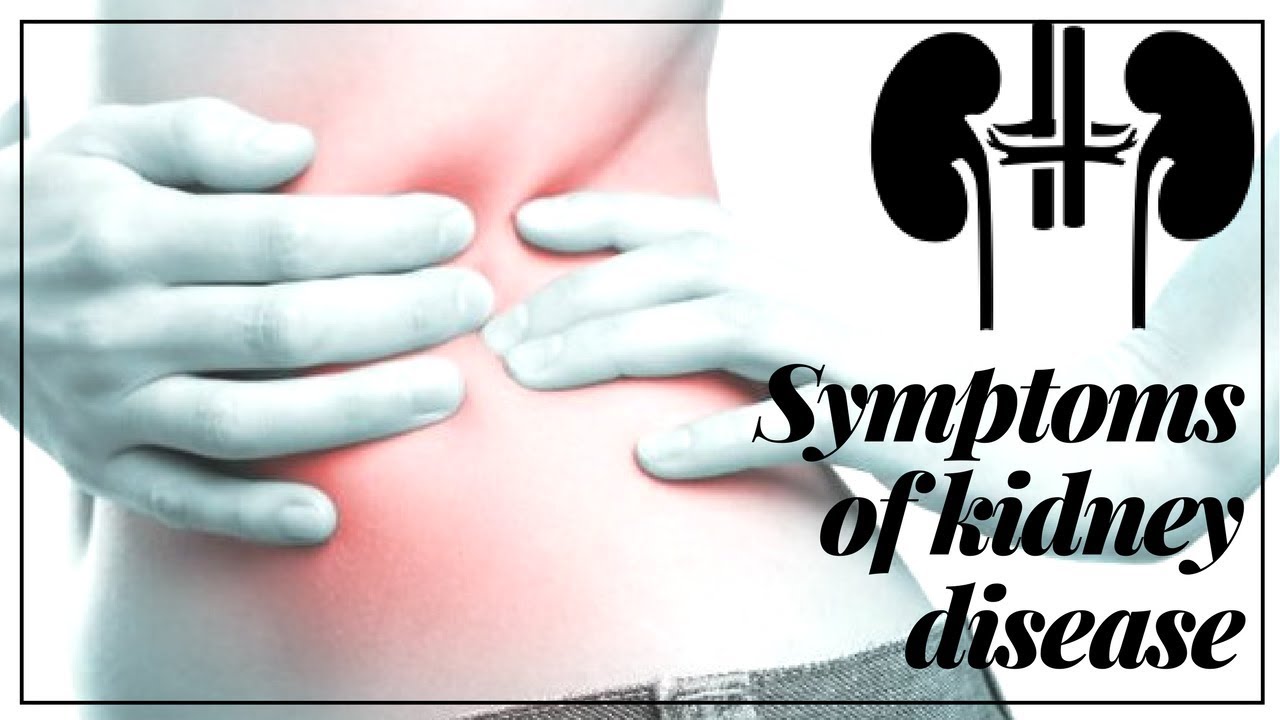
SYMPTOMS OF KIDNEY DISEASE
- Post author:
- Post published:May 28, 2021
- Post comments:0 Comments
You Might Also Like
![Read more about the article Top 5 Vitamins to Build Muscle & Gain Weight [HD]](https://videos.drmaheshkumar.com/wp-content/uploads/2021/05/Top-5-Vitamins-to-Build-Muscle-Gain-Weight-HD-300x225.jpg)
Top 5 Vitamins to Build Muscle & Gain Weight [HD]

45 degree back extension

Cross Fit Training Video – 1

Nutrition Video – 2

SIZE 8 – Post Workout Drink (NO Supplement) | Pure Vegetarian Muscle Building Program by Guru Mann

Thyroid hormone based strategy for correcting abnormality in X-ALD

Digestion and Absorption of Proteins – Part 1/2

Post Surgery Video – 3
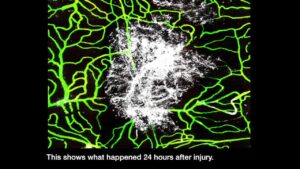
Brain Injury Medicine Video – 1

Equestrian Video – 1

Skeletal System And Asanas Video – 2

Cable One Arm Lateral Raise – Shoulders Exercise

Human Body, Body Building Muscle Building Anatomy Physiology Video – 40

EVERYTHING YOU NEED TO KNOW ABOUT CREATINE (Ft. Eric Helms)

The Health Benefits of Vitamin B7 (Biotin)

Breaking News: NO Carbohydrates are needed post workout for Bodybuilders.
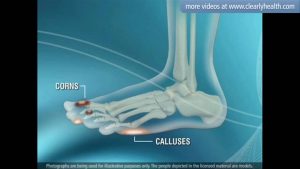
Diabetes: Foot care

Kriya Video – 4

Injection of Local Anesthetic
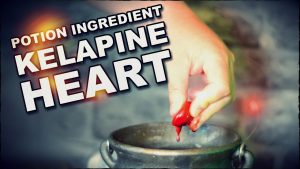
What Is A Kelapine Heart? Potion Ingredient

Phil Heath’s Cable Hammer | Bicep Exercise #3

What Is Glutamine | Benefits, side effects, And Dosage Of Glutamine | Pre Workout Drink – Hindi

Cardiac surgery Video – 2

Hair Transplant Surgery 2D Animated Video

B1 Homeostasis Blood Glucose and Diabetes EDEXCEL

PROTONIX LIVE PERFORMANCE
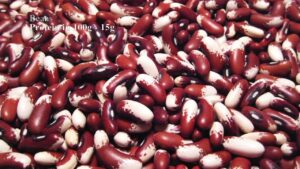
Top 10 High Protein Foods

Hot Stone Therapy Video – 4
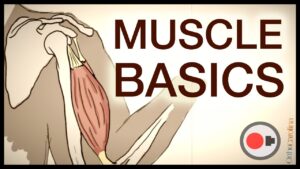
Human Body, Body Building Muscle Building Anatomy Physiology Video – 6

Infectious Disease Video – 3

what is Arthritis,asten calicut,Knee Replacement Calicut

World’s Best Fat Burner at CHEMIST SHOP | Cheapest | Guaranteed Result

What Are BCAAs Branched Chain Amino Acids? When & How To Use
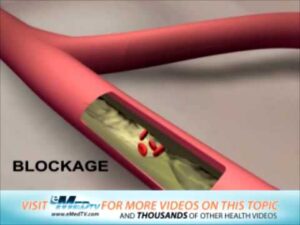
Effects of High Blood Pressure
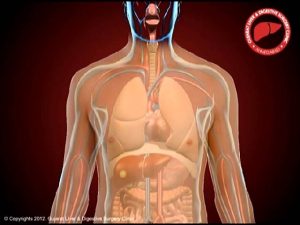
Liver Resection ( By Gujarat Liver Cancer Clinic – Dr. Hitesh Chavda)

Triceps Dips-10
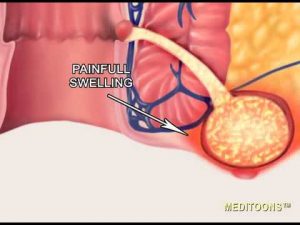
Anal Fistula – Meditoons™

Lateral Raises-1

$1,000 OFF HAIR TRANSPLANT – May 2018
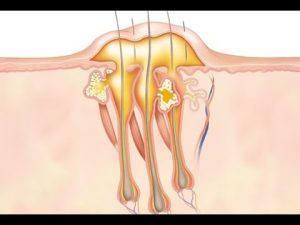
What is a Carbuncle? Mr. Popper’s World’s Largest Cysts & Boils

Muscle Building Workout & Squats Video – 25
